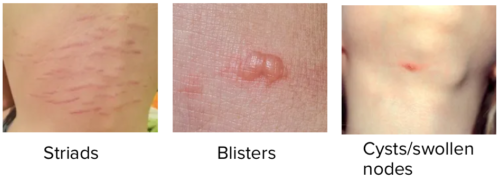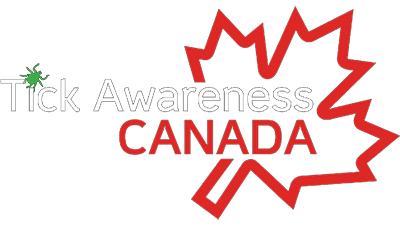Bartonella (Bartonellosis)
Posted on 10 April 2023.
Bartonella sp are gram-negative bacteria previously classified as Rickettsiae. They are facultative intracellular organisms that typically live within RBCs and endothelial cells. They cause several uncommon diseases:
Cat-scratch disease
An acute febrile anemia (Oroya fever)
A chronic cutaneous eruption (bacillary angiomatosis)
Disseminated disease (trench fever)
Risk is higher in immunocompromised hosts.
Bartonella infection (bartonellosis) is usually acquired by humans via a vector (ticks).
Cat-scratch disease is infection caused by the gram-negative bacteria Bartonella henselae and transmitted by a scratch or bite from an infected cat, often causing a crusted bump and swollen lymph nodes.
People with cat-scratch disease have a red bump at the site of the scratch, and some have a fever, headache, poor appetite, or swollen lymph nodes.
In people with a weakened immune system, the infection may spread throughout the body and, without treatment, may result in death.
Doctors do blood tests to check for the bacteria.
Usually, applying heat to the infected area and taking pain relievers are all that is needed, but if people have a weakened immune system, doctors give them antibiotics.
Most domestic cats throughout the world are infected, but most show no signs of illness. Fleas transmit the Bartonella bacteria from one cat to another. People become infected by a cat bite or scratch, which need not be severe for infection to occur.
SOURCE:
Articles
https://scholar.google.ca/scholar?hl=en&as_sdt=0%2C5&q=Bartonella+in+canada&btnG=
https://annals.org/aim/article-abstract/710060/diagnosis-22-new-cases-bartonella-endocarditis
Rodent-Associated Bartonella in Saskatchewan, Canada
https://www.liebertpub.com/doi/abs/10.1089/vbz.2005.5.402
Bartonella Manifestations


